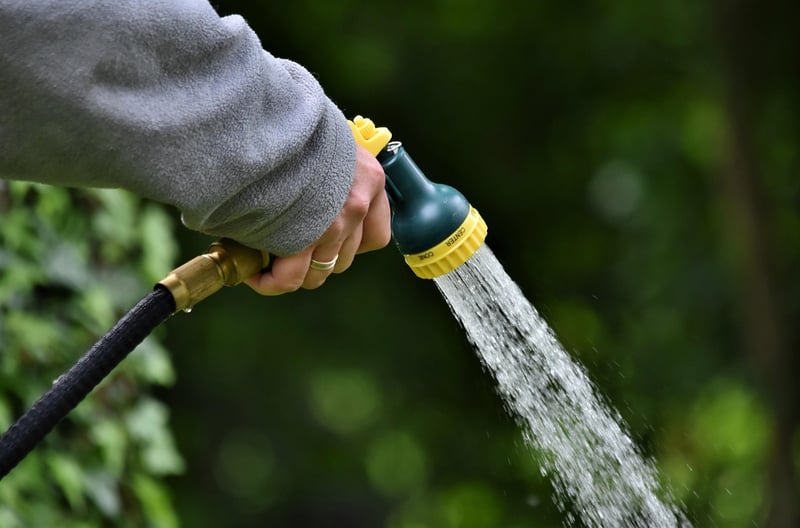Watering Tips
Selecting Plants for Vertical Gardens
Vertical gardens are an excellent way to bring greenery into small spaces and create a lush oasis in urban environments. When choosing plants for a vertical garden, it's essential to consider factors such as light exposure, water requirements, and the overall aesthetic you want to achieve. Here are some tips to help you select the perfect plants for your vertical garden:
1. Light Conditions
Consider the amount of sunlight your vertical garden will receive. If your space gets plenty of direct sunlight, opt for sun-loving plants like succulents, herbs, and flowering plants. For shady areas, choose plants that thrive in low light conditions such as ferns, peace lilies, or pothos.
2. Watering Needs
Plants in vertical gardens may require more frequent watering than traditional gardens due to the limited soil volume. Choose plants that are drought-tolerant and don't need excessive watering to thrive. Succulents, air plants, and spider plants are excellent choices for vertical gardens.
3. Size and Growth Habit
Consider the mature size and growth habit of the plants you choose. Opt for compact and trailing varieties that won't outgrow their space quickly. Hanging plants like string of pearls, ivy, or pothos work well in vertical gardens and create a cascading effect.
4. Maintenance
Choose plants that are easy to maintain and don't require frequent pruning or grooming. Look for plants that are resilient to pests and diseases to ensure your vertical garden stays healthy and vibrant.
Watering Tips for Vertical Gardens
Proper watering is crucial for the health and longevity of your vertical garden. Here are some tips to help you keep your plants hydrated and thriving:
- Check the moisture level regularly by feeling the soil. Water when the top inch of soil feels dry to the touch.
- Water early in the morning or late in the evening to minimize evaporation and ensure maximum absorption by the plants.
- Use a watering can with a narrow spout or a drip irrigation system to water the plants evenly and avoid water wastage.
- Avoid overwatering, as it can lead to root rot and other issues. Make sure the excess water can drain freely from the bottom of the vertical garden.
- Consider using a water-soluble fertilizer to provide essential nutrients to your plants during the growing season.
By selecting the right plants and following proper watering practices, you can create a stunning vertical garden that thrives and adds beauty to your indoor or outdoor space.

Image Source: Pixabay
